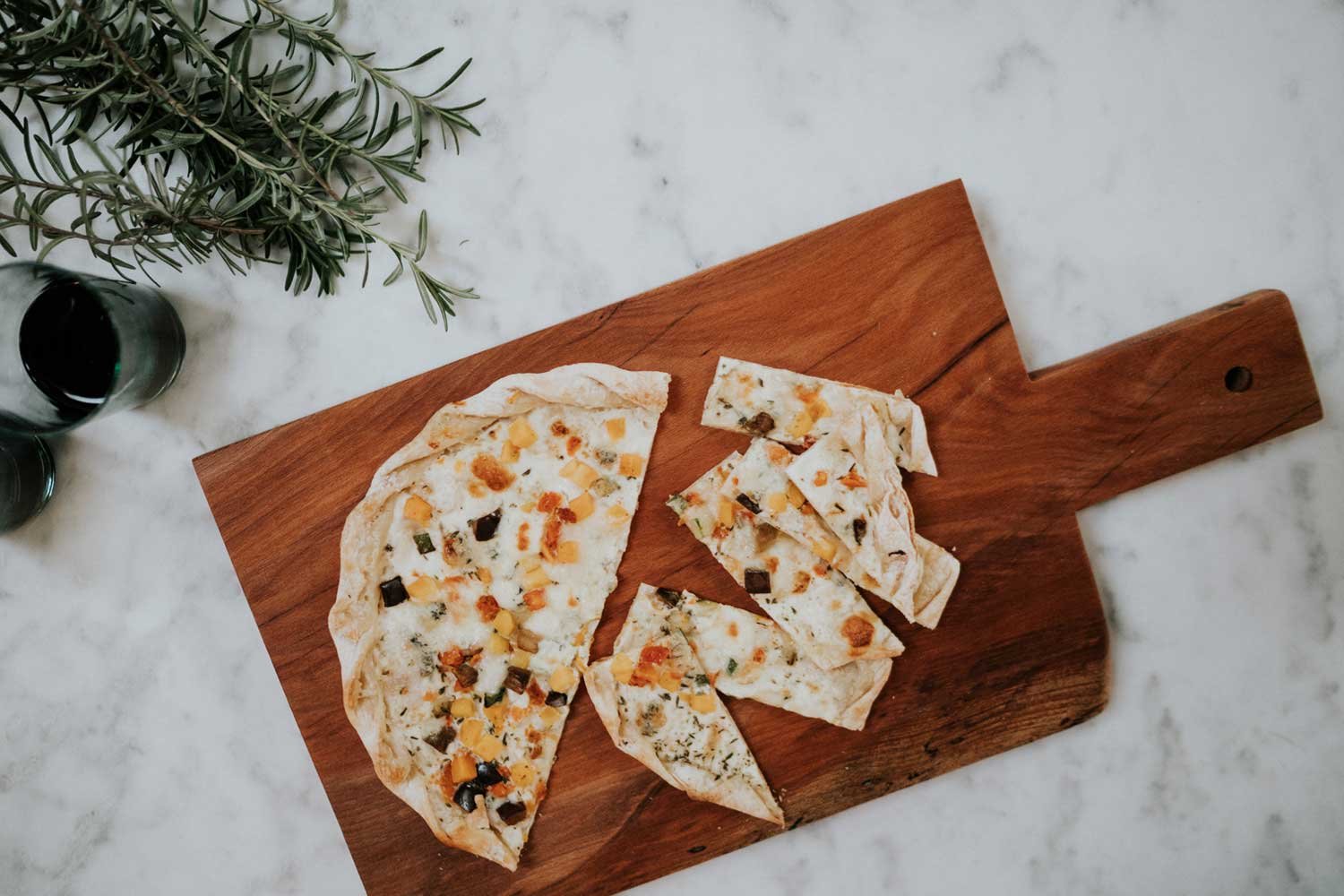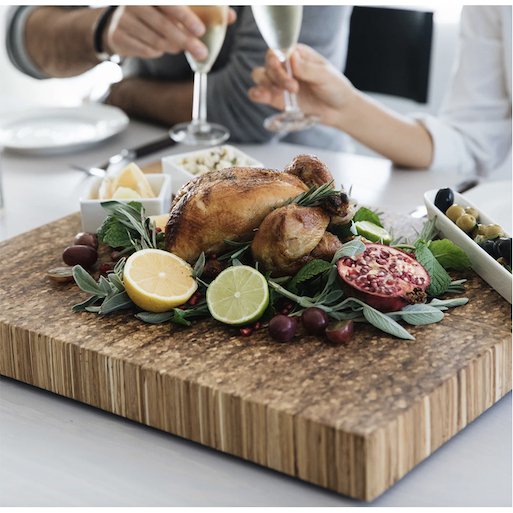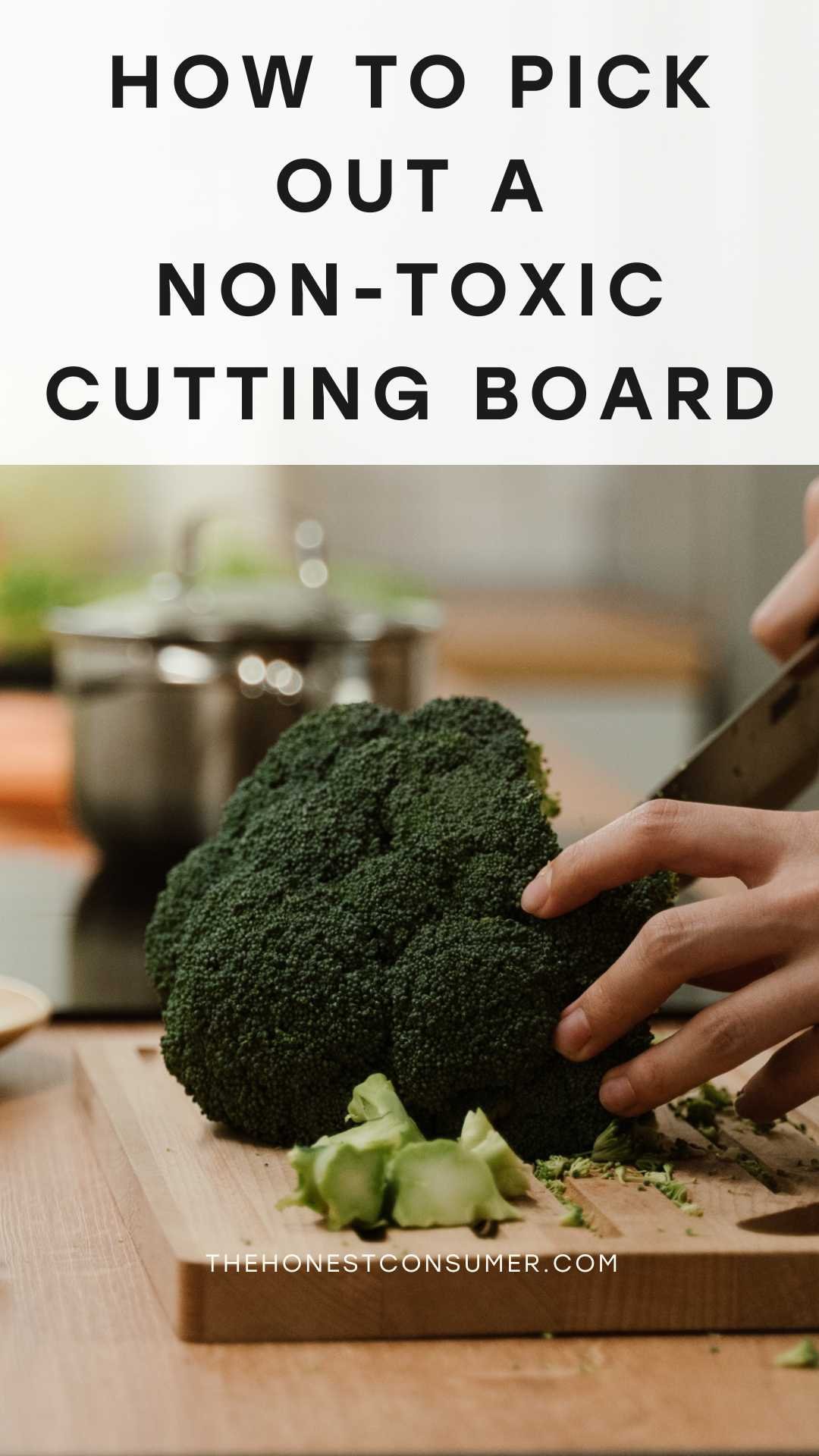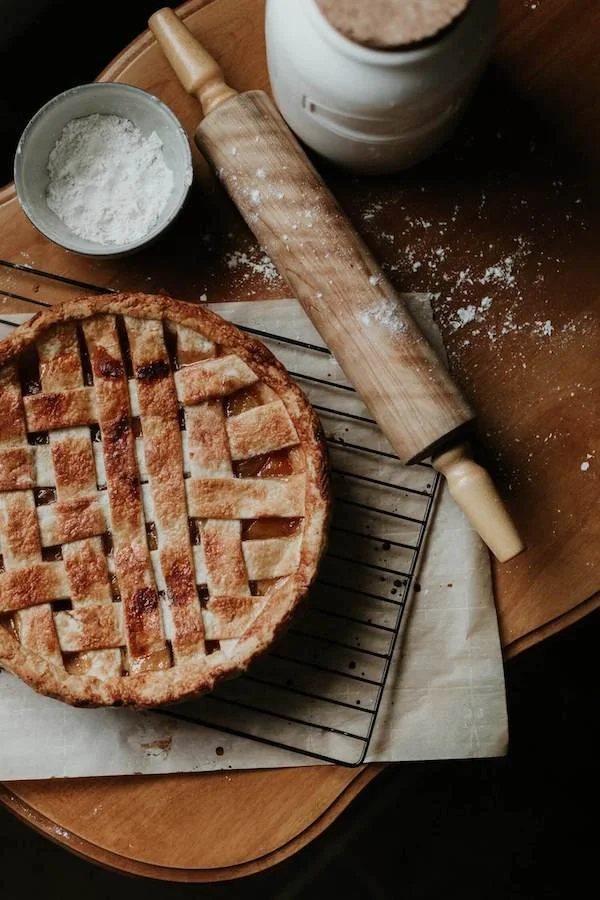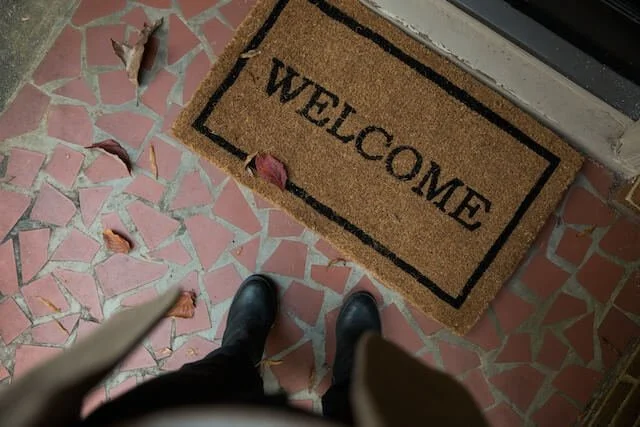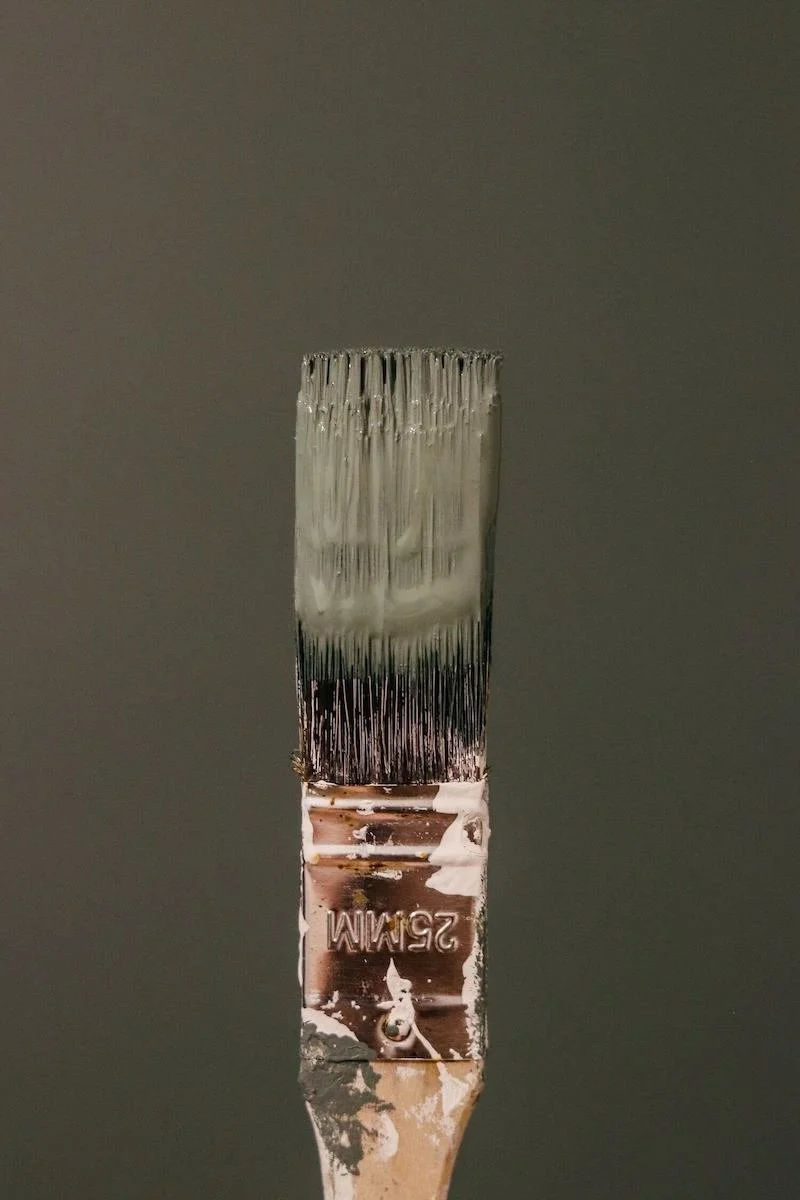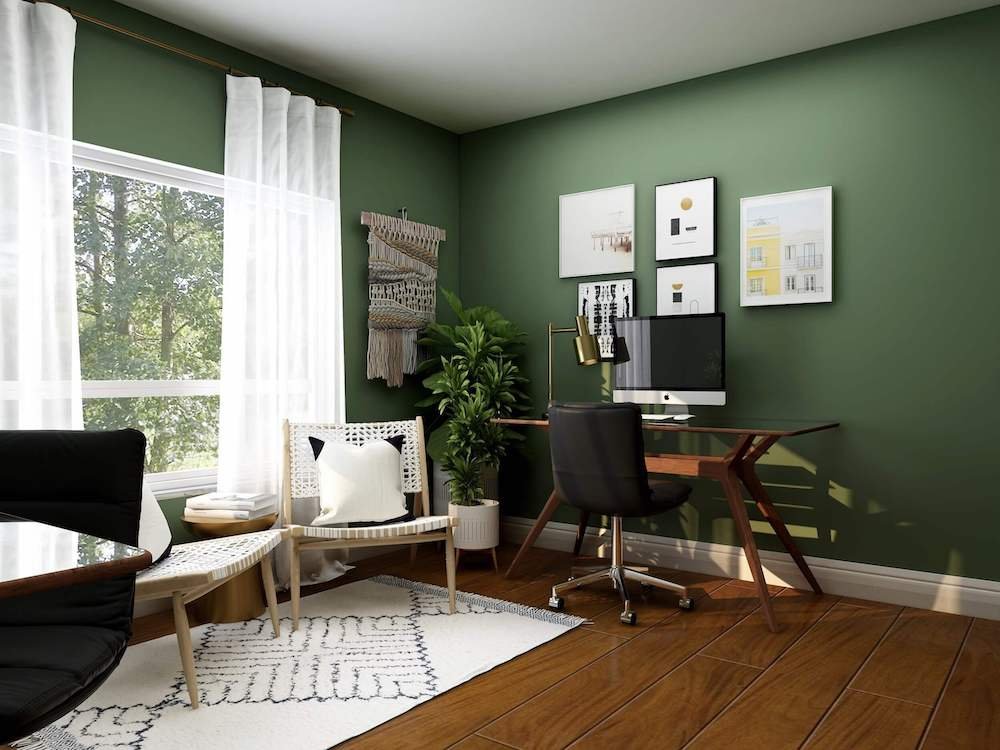5 Non-Toxic Eco-friendly Cutting Boards for Conscious Kitchens
If you are wanting to reduce exposure to toxins and be more eco-friendly in the kitchen, a great product to consider is your cutting board.
In this guide we’ll start with a quick overview of why we need to be aware of what our cutting boards are made of, dive into a list of sustainable cutting boards, then explore eco-friendly materials to look for.
Pin these non-toxic cutting boards for later
This post does contain some affiliate links which means The Honest Consumer will receive a commission if you decide to purchase, however, at no additional cost to you!
Your cutting board is one of the most important aspects of your kitchen. It’s most often one of the first places your food goes as you prepare it for a meal.
This is why it’s especially important to make sure your cutting board is made with clean materials, non-toxic, and is eco-friendly.
Unfortunately today a lot of cutting boards are made with plastic and phthalates and polyvinyl chloride. Overtime as the cutting board gains more scratches this can further our exposure to toxins and micro plastics.
Along with toxins it’s important that we consider how these plastic cutting boards are made and the mass amounts of resources and energy used to create them. Let’s explore some more sustainable options.
5 Eco-friendly Cutting Boards To Consider
Newly’s reclaimed wood cutting boards
Newly was created in 2016 by five friends who had a goal to make sustainable home goods made from 100% recycled or repurposed materials.
As a certified B Corporation this socially responsibly brand carries blankets made from recycled fibers, drink ware made from recycled glass, and of course cutting boards made from reclaimed wood and other recycled materials.
Their cutting boards range from $68-$78 and make unique housewarming or wedding gifts as they are practical for the kitchen and a piece of art.
The Shibusa Serving Board is created with 900 recycled chopsticks and the Di Lusso Serving Board is made from reclaimed wood. Newly is also part of the 1% for the Planet initiative.
I’ver personally had a Newly cutting board for three years and LOVE the durability of it.
Public Goods affordable Sustainable Cutting board
Public Goods cutting boards are are made from compressed paper, large wood fiber, and silicon. Consumers can choose from a small or large size ranging from $29-$38.
When you buy one of these products you are essentially getting the best of both (cutting boards) worlds.
These boards have the great quality that comes with wood cutting boards, while also keeping the product sturdy so it doesn't slip like rubber cutting boards.
Not only are they making the world better through creating better products, they also use their membership to put good back into the world.
With each new member, Public Goods has partnered with Eden Reforestation Projects to plant a tree.
Our Place Walnut Cutting Board
The Walnut Cutting Board from Our Place is a unique piece. A great feature on this board is the juice trench surrounding the perimeter.
This helps keep the mess that chopping foods can accumulate, to a minimum. This cutting board is $95.
Our Place puts a major emphasis on family and connecting with others.
You can see this from their mission, and how they pick factories that treat their workers right. They want their workers to have the time, energy, and resources to spend with those they care about.
Chop Value’s Cutting Boards Made from Recycled ChopSticks
Whether you simply need a functional cutting board for dinner prep, or you want to serve your appetizers in style, ChopValue's multi-purpose end grain cutting board satisfies your needs.
Their large cutting board made from 886 recycled bamboo chopsticks, has a classic end grain look which is both unique and functional by minimizing the impact on knife edges.
This piece is finished with a food safe mineral oil to enhance the colors and is equipped with feet to prevent slipping and protect delicate surfaces.
Their cutting boards range from $45-$98.
Bambu’s Affordable Bamboo Cutting Boards
Slice and serve with ease thanks to bambu's Classic Bamboo Cutting and Serving Boards. These handcrafted wood cutting boards are perfect for small, lightweight tasks, and feature gently rounded edges so there's no sharp corners to dent the table with.
The non-toxic bamboo is naturally moisture-resistant, so the boards won't swell or warp with each wash.
These cutting boards range from $25-$37 making this an affordable choice for an eco-friendly cutting board.
Sustainable Materials That Make High Quality Cutting Boards
Here are a few materials that are good to look for when shopping for eco-friendly non-toxic cutting boards. As always we encourage you to also consider the sourcing and production of where and how the cutting board was made.
Pin these cutting board tips for later!
Wood: I’m starting off with one of the best materials to pick for a cutting board, and that is wood. There are a lot of cosmetic pros to wood cutting boards because of the variety of options, durability, less porosity, natural . Not all wood is created equal when it comes to the best eco-friendly material, so you’ll want to do your research on how the wood was sourced. It’s also important to beware of the coatings and finishes. While certain wood is naturally non-toxic select coatings and finishes used on cutting boards can make the item toxic.
Bamboo: This is another big winner when it comes to eco-friendly cutting boards, you just want to make sure the bamboo cutting board is Formaldehyde-free. Formaldehyde is a carcinogen that is commonly found in glue used to put the bamboo together. Since bamboo grows faster than trees, it makes bamboo cutting boards also a more sustainable option. The price point is also usually cheaper. On the other hand, these cutting boards can build up bacteria easily. To prevent this you’ll want to take great care of this item.
Natural Rubber: Rubber cutting boards have a lot of great qualities. They are a great option if you want a low maintenance cutting board. Dull knives aren’t a problem with this material, and it grips to the surface. Both of these make for an easier time cutting your meats, veggies, etc.. If you want more style or variety in your cutting board, this wouldn’t be your first option. Overall though, this is a great option. Make sure the rubber is natural and sustainably sourced, not synthetic rubber as this is a less sustainable option.
Stone: The last material you may find that is non-toxic is stone. Stone will be a hygienic options, but they make knives duller easier. It’s recommended that you look for cutting boards that have been naturally polished. If it’s not you’ll no longer have a toxin-free cutting board, because it will have been sealed with chemicals.
Hopefully this guide helped you learn the importance of purchasing an eco-friendly cutting board, what to look out for, and a few brands to explore.
Meet the Authors
Research by:
Kelly Clark is a freelance writer, who also runs her own blog Budding Joy. When she’s not writing you can find her listening to music, reading, and diving into more sustainable living topics, especially surrounding self care and eco-conscious beauty. Learn more from Kelly on LinkedIn or Instagram.
Product Recommendation by:
Emily Waddell is the founder of The Honest Consumer. She has always been passionate about business for good and has a Bachelor of Science in Social Entrepreneurship. She currently lives in Seattle where she practices imperfect sustainability. When she’s not writing, Emily enjoys supporting small businesses, clean eating, ethical fashion, and practicing slow living.
For more tips & tricks on sustainable living be sure to follow The Honest Consumer on social media, subscribe to our newsletter, & check out the Ethical & Sustainable Brand Directory.



